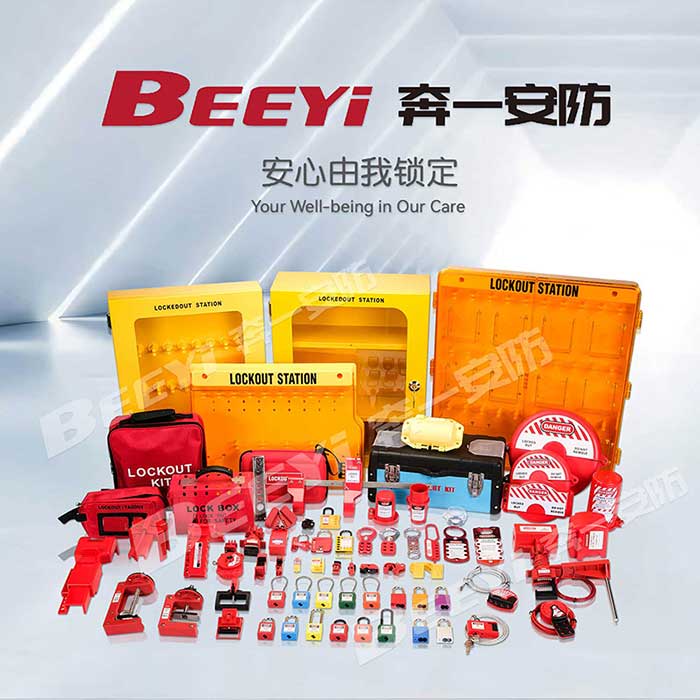Lockout is a vital safety protocol used in industrial environments to prevent accidents and injuries while performing maintenance or repair on machinery and equipment. This process ensures that machines, electrical circuits, or other hazardous equipment are securely deactivated and cannot be accidentally started during servicing. Lockout, particularly when combined with tagging procedures (Lockout/Tagout, LOTO), is an essential component of workplace safety regulations in various sectors, especially in manufacturing, energy, and construction industries.

The Purpose of Lockout The primary purpose of Lockout is to protect workers from potentially life-threatening accidents caused by the unintended activation of machinery or electrical systems during maintenance activities. This includes scenarios where a worker may be performing repairs, cleaning, or installing new components and risks coming into contact with hazardous moving parts or energized equipment. Without a proper Lockout system in place, workers may be exposed to severe injuries such as burns, amputations, electrical shocks, or even fatalities. Lockout procedures are designed to prevent these types of accidents by ensuring that energy sources—whether mechanical, electrical, hydraulic, pneumatic, or thermal—are isolated and de-energized before any maintenance is conducted. Once these energy sources are safely locked out, the equipment is tagged to indicate that it is off-limits and cannot be operated until the work is completed and the lock is removed.